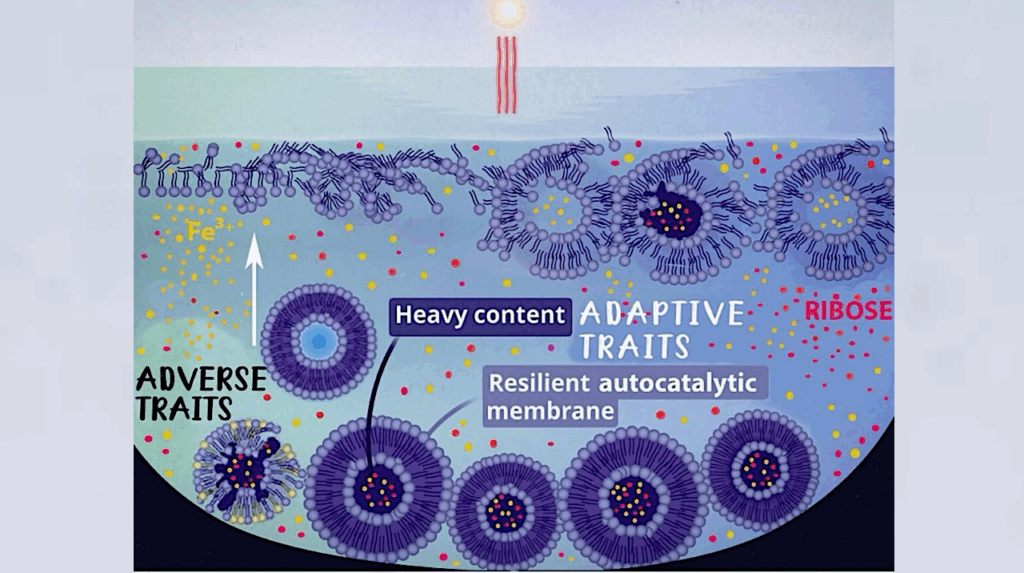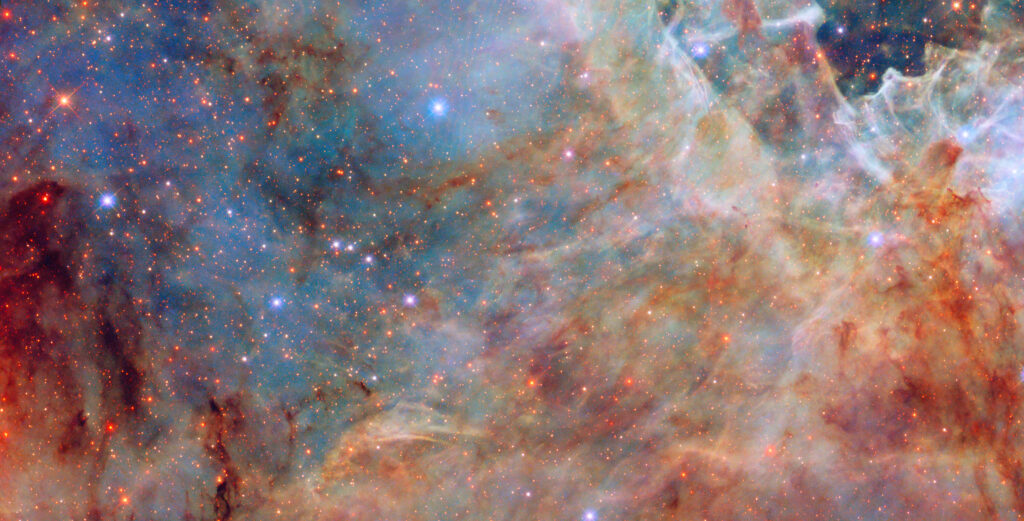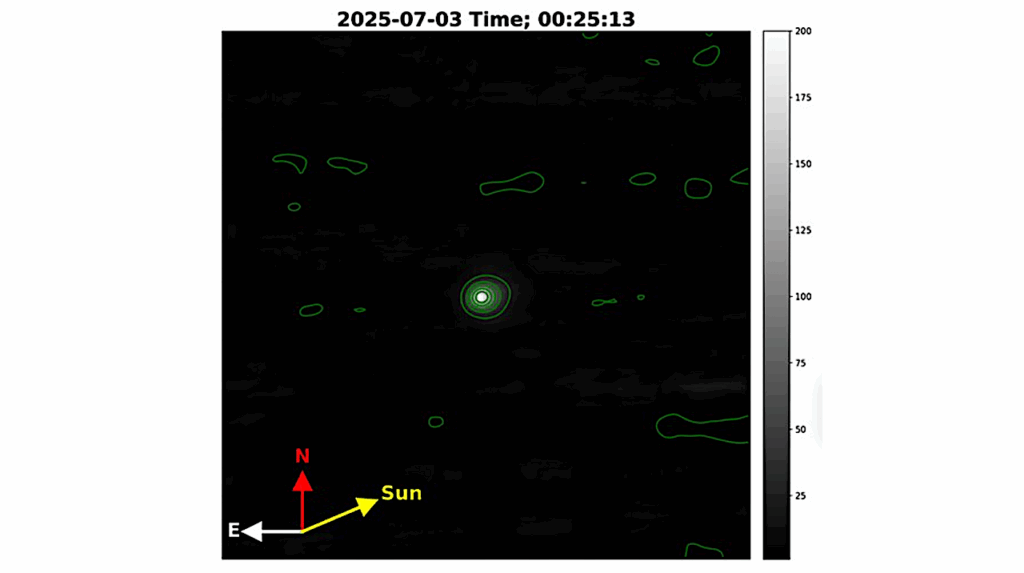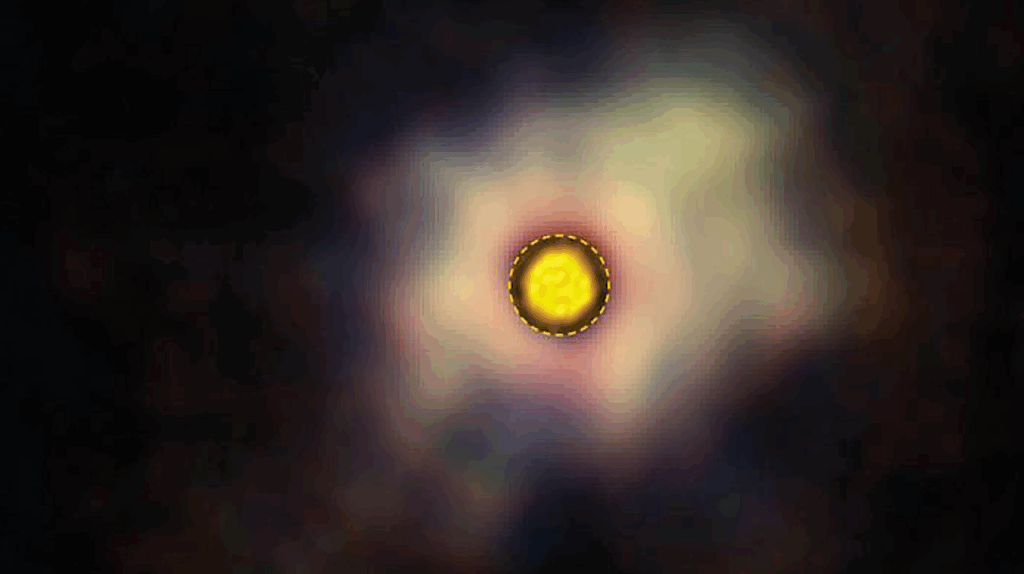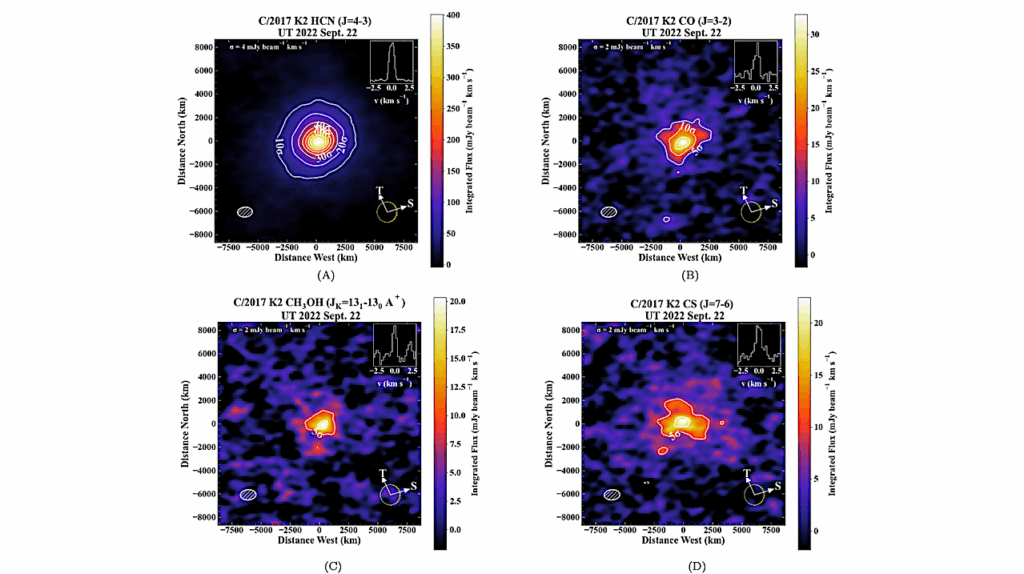Survivability Of Amorphous Ice In Comets Depends On The Latent Heat Of Crystallization Of Impure Water Ice
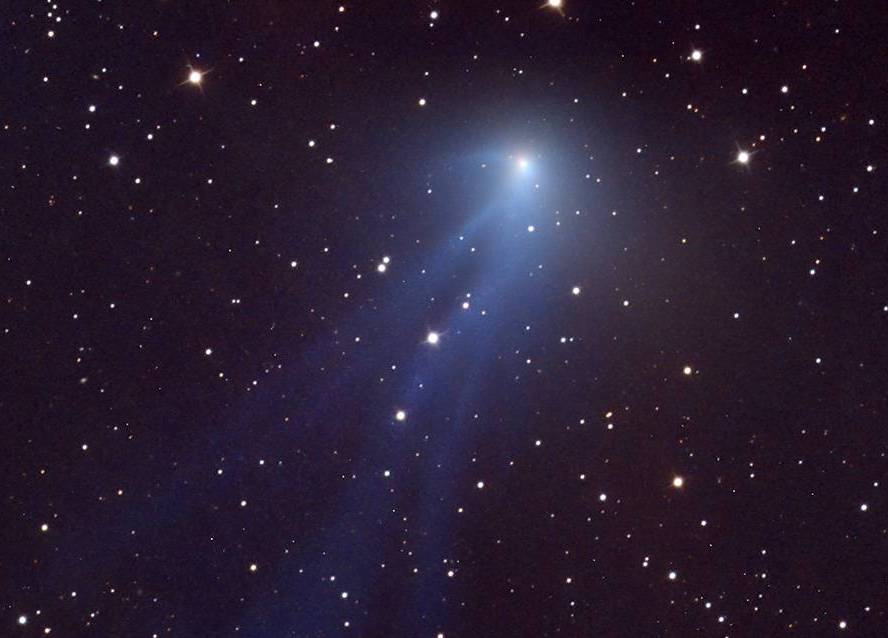
Comets would have amorphous ice rather than crystalline one at the epoch of their accretion. Cometary ice contains some impurities that govern the latent heat of ice crystallization, Lcry.
However, it is still controversial whether the crystallization process is exothermic or endothermic. In this study, we perform one-dimensional simulations of the thermal evolution of km-sized comets and investigate the effect of the latent heat. We find that the depth where amorphous ice can survive significantly depends on the latent heat of ice crystallization. Assuming the cometary radius of 2 km, the depth of the amorphous ice mantle is approximately 100 m when the latent heat is positive (i.e., the exothermic case with Lcry=+9×104 J/kg).
In contrast, when we consider the impure ice representing the endothermic case with Lcry=−9×104 J/kg, the depth of the amorphous ice mantle could exceed 1 km. Although our numerical results indicate that these depths depend on the size and the accretion age of comets, the depth in a comet with the negative latent heat is a few to several times larger than the positive case for a given comet size. This work suggests that the spatial distribution of the ice crystallinity in a comet nucleus depends on the latent heat, which can be different from the previous estimates assuming pure water ice.
Sota Arakawa, Shigeru Wakita
Comments: 15 pages, 10 figures. Accepted for publication in PASJ
Subjects: Earth and Planetary Astrophysics (astro-ph.EP)
Cite as: arXiv:2401.00231 [astro-ph.EP] (or arXiv:2401.00231v1 [astro-ph.EP] for this version)
Submission history
From: Sota Arakawa
[v1] Sat, 30 Dec 2023 13:44:23 UTC (6,535 KB)
https://arxiv.org/abs/2401.00231
Astrobiology


